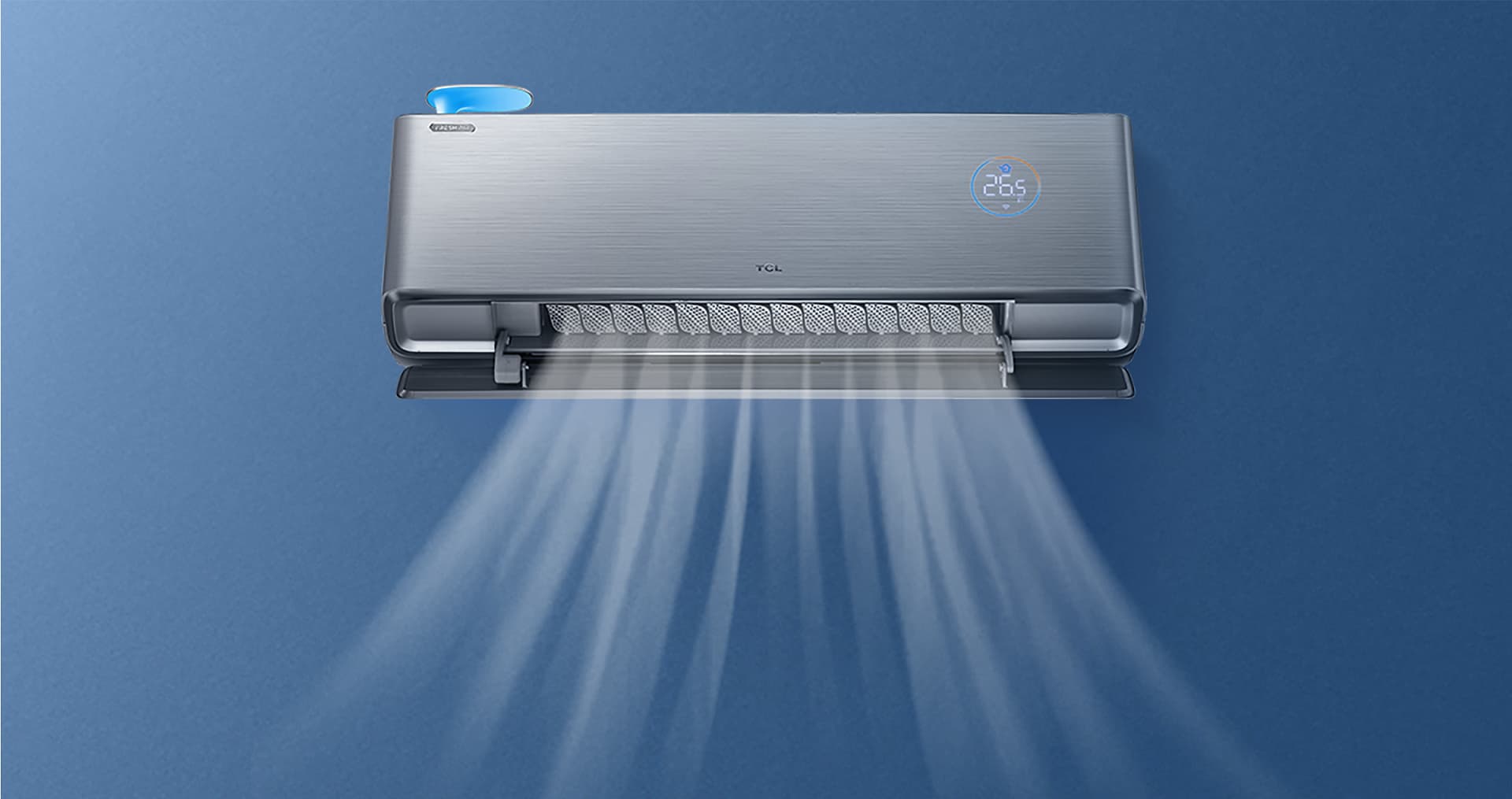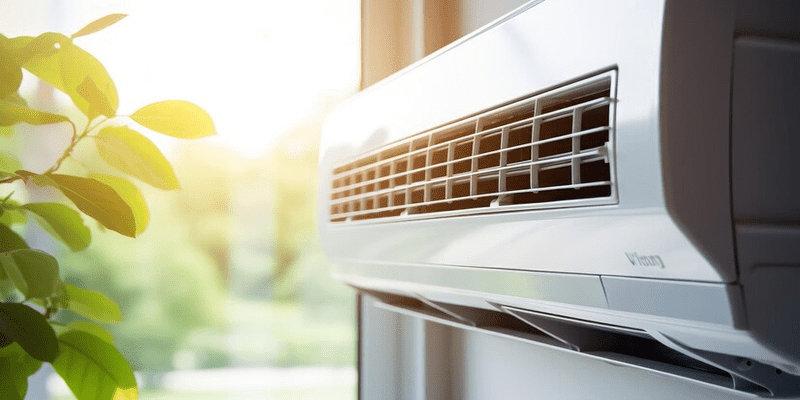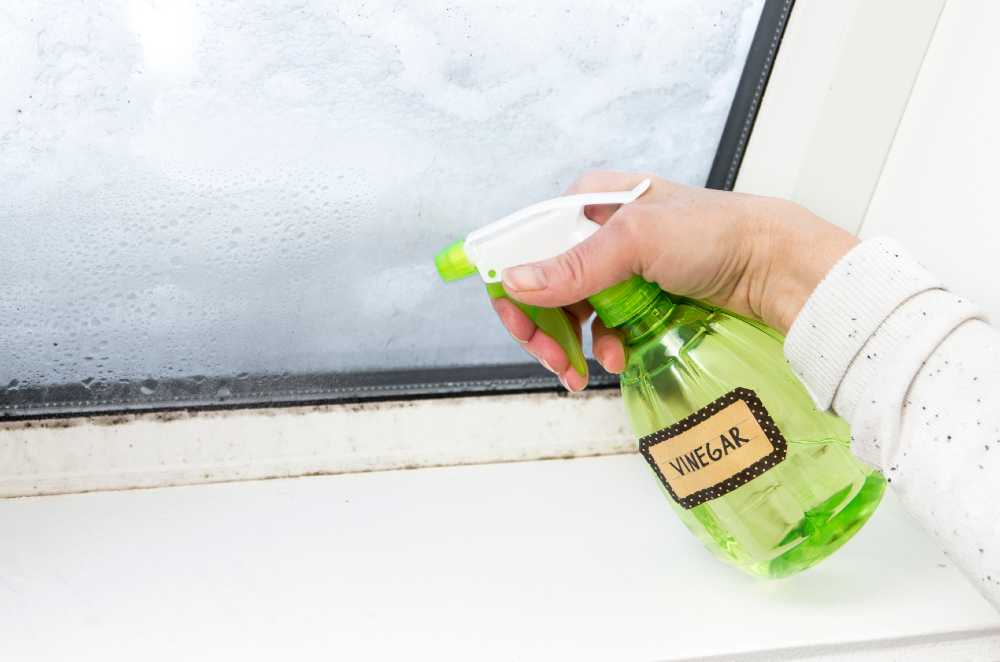Maintaining a mold-free home is essential for both your health and the integrity of your property. Mold thrives in warm, damp environments, and controlling humidity is key to preventing it. So, does running the A/C help prevent mold growth? The short answer is yes—air conditioning can be a powerful tool in managing indoor humidity and keeping mold at bay. In this article, we’ll explain how A/C impacts mold prevention, why humidity control matters, and the best practices for using your A/C to avoid mold.

How Mold Grows Indoors
Mold requires a specific set of conditions to grow, primarily involving moisture, warmth, and poor ventilation. When humidity levels exceed 60%, especially in areas with limited airflow, mold spores can settle and start growing. Mold is often found in bathrooms, basements, and kitchens, where dampness is common. Reducing indoor humidity is crucial to preventing mold, which is why air conditioning plays a vital role in mold prevention.
The Environmental Protection Agency (EPA) recommends keeping indoor humidity levels below 60% to limit mold growth. Using A/C is one of the easiest ways to achieve this goal.
How Does Air Conditioning Help Prevent Mold?

Air conditioning helps prevent mold in two main ways: by controlling indoor humidity and circulating air throughout your home. Here’s how each function works:
1. Reducing Indoor Humidity
A/C units are designed to remove heat and moisture from the air, effectively lowering humidity levels indoors. By maintaining a dry environment, A/C makes it difficult for mold spores to find the dampness they need to grow. This is particularly important during the summer months when warm, humid air increases the risk of mold formation.
2. Improving Air Circulation
Stagnant air can lead to pockets of moisture, especially in closed-off areas. Air conditioning helps by circulating air throughout the home, reducing the chance for moisture to settle and accumulate. Improved airflow can dry out humid areas and ensure mold spores don’t have a chance to settle on damp surfaces.
Best Practices for Using A/C to Prevent Mold Growth

While running your A/C can help prevent mold, following specific practices will enhance its effectiveness. Here are some tips to maximize your air conditioning system’s mold prevention capabilities:
1. Set the Thermostat to a Consistent Temperature
Keeping your home at a consistent temperature, ideally between 68°F and 72°F, reduces fluctuations in humidity that can create a damp environment. Avoid turning the A/C off and on frequently, as this can lead to temperature swings that encourage condensation and mold growth.
2. Use the “Auto” Setting for Maximum Efficiency
When using your A/C, select the “auto” setting rather than “on.” The auto setting allows the A/C unit to run only when the indoor temperature rises, which helps control humidity more effectively and prevents excess moisture buildup.
3. Clean or Replace Filters Regularly
Dirty filters reduce airflow and can lead to increased humidity. Make sure to clean or replace A/C filters every 1-3 months, depending on usage and air quality, to ensure maximum efficiency and maintain good air circulation.
4. Schedule Regular Maintenance
Scheduling professional A/C maintenance once or twice a year can help keep the system running efficiently. A well-maintained A/C unit removes moisture more effectively, and regular checks can prevent issues that might lead to excess humidity or mold growth in the ducts.
5. Use a Dehumidifier in High-Humidity Areas
If you live in an area with very high humidity, running a dehumidifier along with the A/C can provide extra moisture control. Basements, bathrooms, and other moisture-prone areas can benefit from a dehumidifier, especially during humid weather.
When Air Conditioning Alone Isn’t Enough

In some cases, air conditioning may not be sufficient to prevent mold, especially if there are unresolved moisture issues in the home. Here are some additional steps to consider:
Check for Leaks and Repair Water Damage
Leaks in pipes, roofs, or windows can lead to water accumulation and mold growth. Make sure to check for any signs of leaks and repair them promptly to eliminate sources of moisture.
Ensure Proper Ventilation
While A/C helps with air circulation, some areas, like bathrooms and kitchens, may require additional ventilation. Exhaust fans can help remove moisture from these rooms, further preventing mold.
Use Mold-Resistant Paint and Materials
If you’re remodeling or repainting your home, consider using mold-resistant paint or materials in areas prone to dampness. Mold-resistant products can offer additional protection in bathrooms, kitchens, and basements.
Does Running the A/C Fan Increase Mold Risks?

It’s essential to use the A/C’s “auto” setting rather than leaving the fan running continuously on “on” mode. When the fan runs nonstop, it can circulate moist air throughout the home even when the A/C isn’t actively cooling. This can lead to moisture settling in various areas, increasing the risk of mold growth.
By using the “auto” setting, the A/C fan will only run when cooling, which better controls moisture and prevents mold from forming.
Conclusion: Running the A/C to Prevent Mold Growth
Running your A/C is an effective way to prevent mold growth by controlling humidity and promoting air circulation. However, for best results, use the A/C alongside other moisture control strategies, such as repairing leaks, using dehumidifiers in moisture-prone areas, and ensuring proper ventilation.
If you’re dealing with mold problems or high humidity in your home, contact Citywide Mold Mitigation at 844-552-0467 for expert mold remediation and moisture control solutions.
FAQ
| Question | Answer |
|---|---|
| How does A/C help prevent mold? | A/C helps reduce indoor humidity by removing moisture from the air, making it harder for mold to grow. It also improves air circulation, reducing the chance of stagnant moisture. |
| What temperature should I set my A/C to prevent mold? | A consistent temperature between 68°F and 72°F helps maintain low humidity levels, which can prevent mold growth. |
| Is it better to leave the A/C on all day to prevent mold? | Using the “auto” setting is more effective than leaving the A/C on all day. This setting maintains a consistent temperature and reduces humidity without wasting energy. |
| Can running the A/C fan spread mold spores? | Yes, running the fan continuously can spread moist air, potentially increasing mold risk. Use the “auto” setting to limit moisture and prevent mold growth. |
| Do I need a dehumidifier if I use A/C? | If you live in a high-humidity area or have moisture-prone rooms, using a dehumidifier alongside the A/C can provide additional humidity control. |
For more information or help with mold prevention and control, reach out to Citywide Mold Mitigation at 844-552-0467. We offer professional mold remediation services and can help you keep your home safe and mold-free.

